fibromuscular dysplasia life expectancy
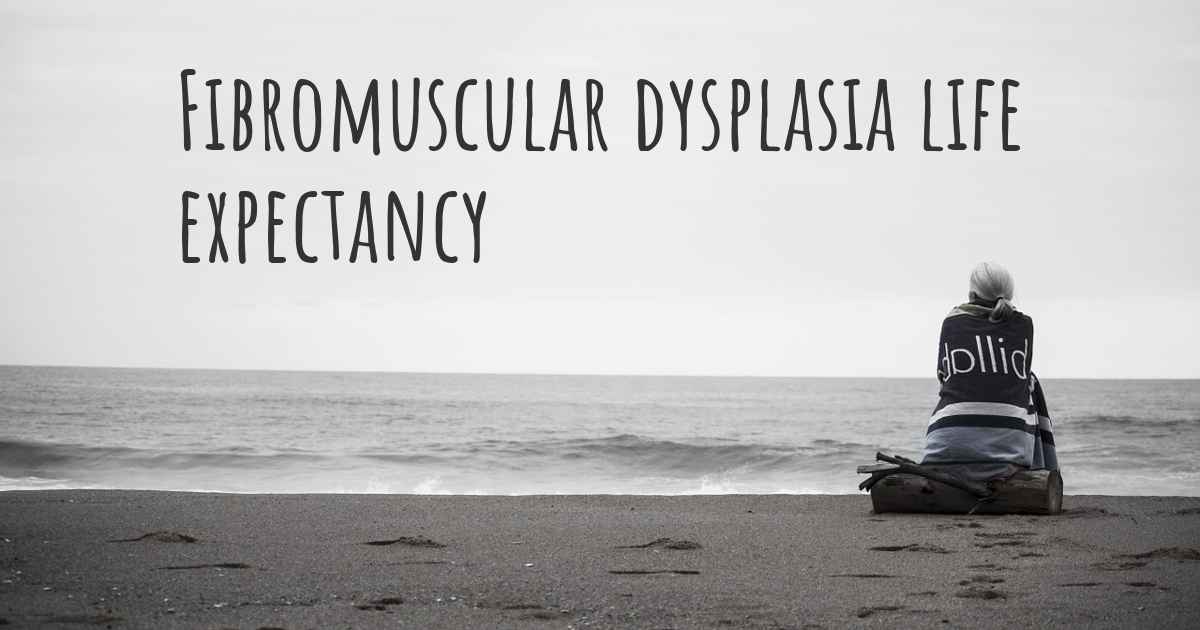 ▷ What is the life expectancy of someone with Fibromuscular dysplasia?
▷ What is the life expectancy of someone with Fibromuscular dysplasia?Rare Diseases DatabaseFrommuscular DisplasiaNORD acknowledges with appreciation Pamela Mace, RN, Executive Director of the American Fibromuscular Society of Displasia and Heather Gornik, MD, Medical Director, Non-Invasive Vascular Laboratory, Cleveland Clinic Heart and Vascular Institute, to receive assistance in preparing this report. Synonyms of fibromuscular dysplasia General DiscussionThe fibromuscular dysplasia, commonly called FMD, is a disease that causes one or more arteries of the body to have abnormal cell development on the wall of the artery. As a result, narrowing areas (stenosis), aneurysms or tears (dissection) may occur. If narrowing or tear causes a decrease in blood flow through the artery, symptoms may result. The FMD is most commonly found in the arteries that supply the kidneys with blood (renal arteries) and the arteries called the carotid and vertebral arteries found in the neck and supply blood to the brain. Less commonly, FMD affects the arteries of the abdomen (supplying the liver, spleen and intestines) and extremities (legs and arms). In more than half of people with this disease, there will be evidence of FMD in more than one artery. Recently, some studies have shown that some women who were healthy and who have a sudden tear from a coronary artery (called sudden coronary dissection or "SCAD") probably have an undiagnosed FMD. SCAD was previously thought as a separate condition for the FMD, but we are now beginning to understand that many people have the FMD as the main reason for their coronary tear. Signs " Symptoms Some people with this disease have no symptoms or findings in a physical examination. Signs and/or symptoms that a person with FMD may experience depend on the affected arteries and if there is closeness, tears or aneurysms within them. Any pain or clinical sign related to MDF usually comes from the organ that is supplied by that artery. For example, FMD in renal arteries can cause high blood pressure. The FMD in carotid arteries can cause headaches or a sound in the ears (called pulsatile tinnitus). Some DFF patients may not have symptoms, but are diagnosed with this disease when a doctor hears a noise about one of the arteries due to disturbed or turbulent blood flow within the vessel. This noise is known as a brute. A person with a severe carotidic FMD that causes severe narrowing or tear in a carotid or vertebral artery may have neurological symptoms involving facial nerves (drooping of the eye cap, unequal size of the pupils, for example), ischemic stroke or transit. People with FMD carotide have a higher risk of aneurysms of the arteries in the brain (intrarracan aneurysms). Bleeding in the brain (intrarrhea hemorrhage) can occur if a break of aneurysm, and it is important to identify and treat brain aneurysms early to prevent this. The FMD that involves the arteries that supply the intestines, liver and spleen with blood (mesenteric arteries) can cause abdominal pain after eating and undesired weight loss. FMD in the arms and legs can cause discomfort in the extremities with exercise or may cause uneven blood pressure in the arms. CausesThe cause of FMD is not yet known, but several theories have been suggested. Several case reports in literature have identified the disease in several members of the same family including twins. As a result, it feels that there may be a genetic cause. However, a relative may have a different involvement of the artery, a different severity of the disease, or not developing the FMD at all. In fact, most individuals with FMD do not have a relative who also has the disease. Among some individuals with FMD, there is a family history of other vascular problems, such as blood vessel aneurysms. FMD is much more common in women than in men, which results in the theory that hormones can play an important role in disease development. However, in small population studies, reproductive history (number of pregnancies and when they occurred) as well as the use of birth control pills did not relate to the development of the MDF. Other possible causes of FMD include abnormal development of arteries that supply the wall of the blood vessel, resulting in insufficient supply of oxygen; anatomical position or movement of the artery within the body; certain medicines and tobacco use. Many factors may contribute to the development of FMD. This area requires further research. Affected populations The MDF affects women much more than men, although men and children may be affected by this disease. In children with FMD, the disease seems to be more commonly present with significant narrowing rather than tears of arteries and also seems to involve the arteries to the kidneys and intestines more commonly than the carotic vessels. In the pediatric population, FMD affects both boys and girls. Related disorders The vascular subtype of Ehlers-Danlos syndrome (type IV) has been associated with the most common type of fibromuscular dysplasia, known as multifocal FMD. This syndrome should be suspected in patients with multiple aneurysms and/or tears (dissections) in arteries as well as the typical angiographic findings of fibromuscular dysplasia. Insulated reports of fibromuscular dysplasia associated with other disorders have been received, such as Alport syndrome, pheochromocytoma, Marfan syndrome and moyamoya disease. (For more information on these disorders, search for the term in the rare disease database). Diagnosis For the diagnosis of FMD, a test should be performed for the image of blood vessels. There are many options for the image of the arteries, including the ultrasound of specialized blood vessel known as ultrasound duplex; a CAT scan of the arteries that is obtained after a dye is given through the veins, or a special type of MRI. In many cases, the diagnosis of MDF requires a procedure known as arteriogram. The arteryography is a procedure performed by a radiologist, vascular surgeon, cardiologist or vascular medicine specialist with appropriate training. It is about inserting a wire into or near the affected artery and injecting contrast material, a dye that can be detected by an X-ray machine. An X-ray of the affected area is taken and examined. The individual is usually awake during an arteriogram procedure, although medications can be given to keep it comfortable. This outpatient procedure usually lasts from one to two hours with a recovery period of up to six hours (this varies widely). Standard Therapies Treatment No cure for FMD. Treatments focus on managing symptoms and complications of MDF, including high blood pressure and headaches. Anti-aggregating drugs, such as aspirin, may be prescribed along with medications to treat high blood pressure (anti-hypertensive). Many DFF patients suffer from headaches, and several medications are available to help control and prevent headaches. All DFF patients who use tobacco should be encouraged to leave. In some cases of FMD, you should try to improve the flow of blood through a severely narrow vessel. The type of treatment used to narrow due to disease disorder depends to a large extent on which arteries are affected and on the presence and severity of symptoms. In most cases, these procedures are performed using the balloon angioplasty, a procedure known as percutaneous transluminal angioplasty (PTA). PTA is often performed at the same time as an arteriogram. If an angioplasty is performed, a catheter is extended to the affected artery and a small balloon is inflated in the artery. Normally a metal stent is not required to keep the vessel open, but it may be necessary in some cases, as for the treatment of a tear (dissections) of a blood vessel. If angioplasty is performed, the procedure and the recovery period can be longer than an arteriogram made only for diagnosis. From time to time, traditional open surgery is done to treat severe narrowing due to FMD, particularly those that cannot be treated with angioplasty. Patients with EPF who encounter significant aneurysm within the brain or kidney arteries may need surgery even without symptoms. In such cases, it is recommended that aneurysm be treated to prevent the rupture that may be potentially life threatening. The type of treatment for an arterial aneurysm depends on its location and size. Treatment options for aneurysms include traditional open surgery or a less invasive procedure based on angiograms that treat aneurysm using coils and special vascular stents. The proper treatment will vary with each individual and severity, location and extent of disease. The treatment plan should be discussed in depth with a specialist who is very knowledgeable about the FMD and its natural history. Research The FMD The Society of America is sponsoring the registration of patients from the United States for the FMD, which is gathering information on epidemiology, symptoms, spread of disease, treatments and results of patients with FMD. For more information on the registration of patients with FMD, go to the information on current clinical trials is posted on the Internet. All studies that receive funding from the US government, and some supported by the private industry, are published on this government website. For information on clinical trials being conducted at the National Institutes of Health Clinic (NIH) in Bethesda, MD, contact the NIH Patient Recruitment Office: (800) 411-1222 TTY: (866) 411-1010 Email: For information on clinical trials sponsored by private sources, please contact: To get information on clinical trials performed in Europe, contact ResourcesConcerts with rare disease For more information, visit . RareConnect offers a secure online community for patients and caregivers affected by this rare disease. For more information, visit . NORD Member Organizations Other organizationsReferencesTEXTBOOKS Kasper, DL, Fauci AS, Longo DL, et al., eds. Harrison Principles on Internal Medicine.16th ed. McGraw-Hill Companies. New York, NY; 2005:1469-71, 1707-08, 2378.Badr KF, Brenner BM. Vascular injury to the kidney. In: Brenner BM, Rector Jr FC. The Kidney. W.B. Saunders Company. Philadelphia, PA; 1991:1948-49. JOURNAL ARTICLES Green R, Gu X, Kline-Rogers E, Froehlich J, Mace P, Gray B, Katzen B, Olin J, Gornik HL, Cahill AM, Meyers KE. Differences between the pediatric and adult presentation of fibromuscular dysplasia: results of the American registry. Pediatric nephrology. 2015; 1-10. DOI:10.1007/s00467-015-3234-z. Weinberg I, Gu X, Giri J, Kim SE, Bacharach MJ, Gray BH, Katzen BT, Matsumoto AH, Chi YW, Rogers KR, Froehlich J, Olin JW, Gornik HL, Jaff MR. Use of antiplatelet and antihypertension medications in patients with fibromuscular dysplasia: Results of the United States fibromuscular dysplasia registry. Vasc Med. 2015;20(5):447-453. Sharma AM, Kline B. American fibromuscular dysplasia record: new findings and rupture myths. Tech Vasc Interventional Rad. 2014;17(4):258-263. Kim ESH, Olin JW, Froehlich JB, Gu X, Bacharach JM, Gray BH, Jaff MR, Katzen BT, Kline-Rogers E, Mace P, Matsumoto AH, McBane RD, White CJ, Gornik HL. Clinical manifestations of fibromuscular dysplasia vary by patient sex: a report of the United States registry for fibroplasia. JACC. 2013;62(21):2026-2028. Olin JW, Froehlich J, Gu X, Bacharach M, Eagle K, Gray B, Jaff MR, Kim E, Mace P, Matsumoto AH, McBane R, Kline-Rogers E, White C, Gornik HL. The U.S. fibromuscular dysplasia record: results in the first 447 patients. Regulation 2012;125(25):3182-3190. Poloskey SL, Olin JW, Mace P, Gornik HL. Page of patients with fibromuscular dysplasia. Circulation. 2012;125:e636-e639. INTERNET Chen M. Renovascular hypertension. MedlinePlus. Updated 5/5/2016. Available in Login 30 January 2017.McKusick VA, ed. Mendelian heritage online in man (OMIM). Johns Hopkins University. Fibromuscular dysplasia of the arteries. Entry number 135580. Available in Last Edition 09/10/2013. Accessed January 30, 2017. Published Years Information in the NORD rare disease database is only for educational purposes and is not intended to replace the advice of a doctor or other qualified medical practitioner. The content of the website and the databases of the National Organization for Rare Disorders (NORD) is protected by copyright and cannot be reproduced, copied, downloaded or disseminated, in any way, for commercial or public purposes, without prior authorization and written approval of NORD. Individuals may print a printed copy of an individual disease for personal use, provided that the content is not modified and includes NORD copyrights. National Organization for Rare Disorders (NORD) 55 Kenya Ave., Danbury CT 06810 • (203)744-0100 Report Index To search for patient organizations and other pages related to this topic, use the Advanced Search function at the top right corner of the page. Related Content NORD strives to open new assistance programs such as funding allows. If we don't have a program for you now, please continue with us. We're just weird. Together we are strong. ®Copyright ©2021 NORD - National Organization for Rare Disorders, Inc. All rights reserved. NORD is a registered charity organization 501(c)(3). Please note that NORD provides this information for the benefit of the rare disease community. NORD is not a medical provider or a health care center and therefore cannot diagnose any disease or disorder, or endorse or recommend specific medical treatments. Patients should depend on personal and individualized medical advice from their qualified health professionals before seeking information related to their diagnosis, cure or particular treatment of a condition or disorder.
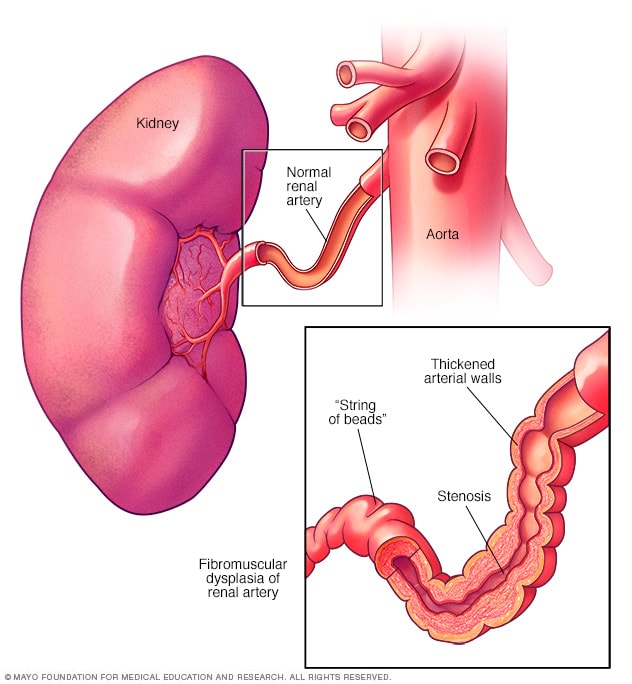
Fibromuscular dysplasia - Symptoms and causes - Mayo Clinic

What is Fibromuscular Dysplasia|Causes|Symptoms|Treatment|Life Expectancy| Prognosis| Recovery Period

Fibromuscular Dysplasia: Diagnosis at Later Age Suggests Milder Course – Consult QD

Fibromuscular dysplasia - Wikipedia
Fibromuscular Dysplasia (FMD) Fact Sheet

Fibromuscular Dysplasia: Symptoms, Treatment, and Life Expectancy

Diabetes mellitus Fibromuscular dysplasia Marfan syndrome ... - MDC

Fibromuscular Dysplasia: Symptoms, Treatment, and Life Expectancy

Diagnosis, management, and future developments of fibromuscular dysplasia - Journal of Vascular Surgery

Diagnosis, management, and future developments of fibromuscular dysplasia - Journal of Vascular Surgery
First International Consensus on the diagnosis and management of fibromuscular dysplasia

AfternoonNapper's Fibromuscular Dysplasia (Part 1 of 2) - YouTube

The United States Registry for Fibromuscular Dysplasia | Circulation
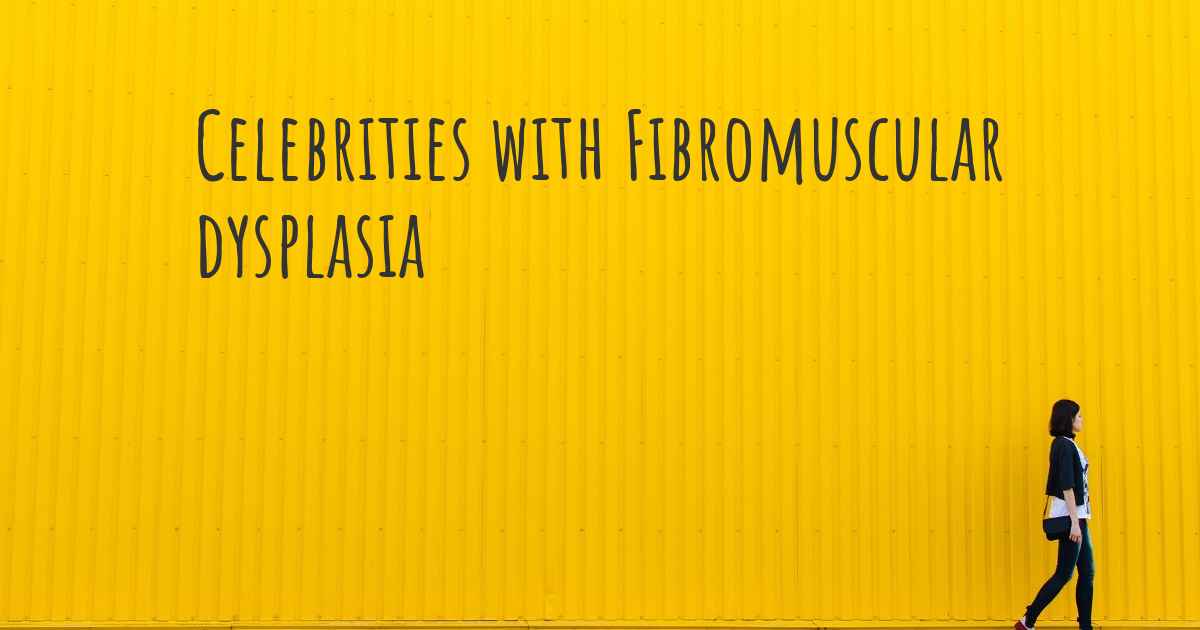
▷ Celebrities with Fibromuscular dysplasia
My Life With Fibromuscular Dysplasia

Prevalence and manifestations of diagnosed fibromuscular dysplasia by sex and race: Analysis of >4500 FMD cases in the United States - ScienceDirect
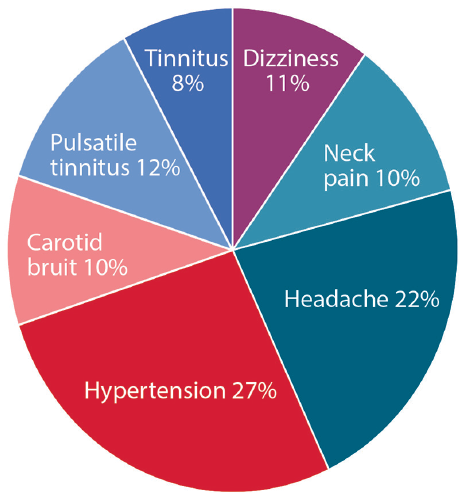
Fibromuscular Dysplasia and Stroke - Practical Neurology
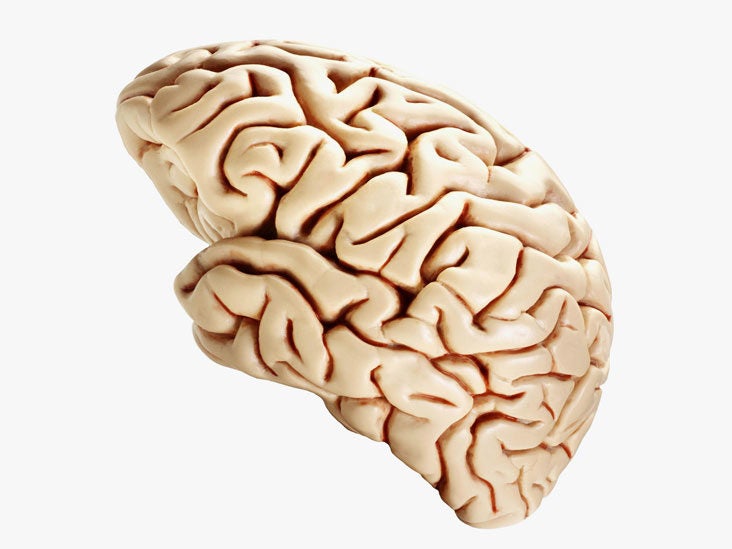
Fibromuscular Dysplasia: Symptoms, Treatment, and Life Expectancy

Researchers Identify Common Neurologic Manifestations in Fibromuscular Dysplasia - Neurology Advisor
First International Consensus on the diagnosis and management of fibromuscular dysplasia

Mechanism of Stent Failure in a Patient with Fibromuscular Dysplasia following Renal Artery Stenting - Annals of Vascular Surgery
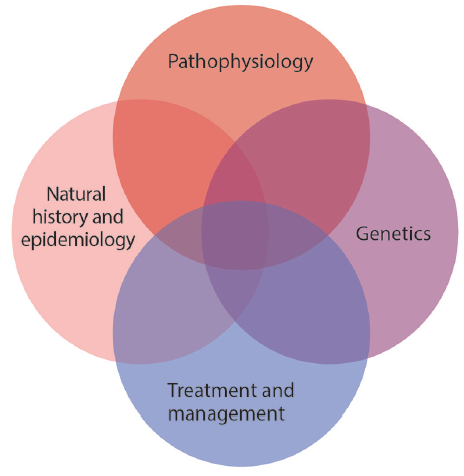
Fibromuscular Dysplasia and Stroke - Practical Neurology

Treatment of hypertension in patients with renal artery stenosis due to fibromuscular dysplasia of the renal arteries. - Abstract - Europe PMC

Carotid Artery Disease | Spectrum Health
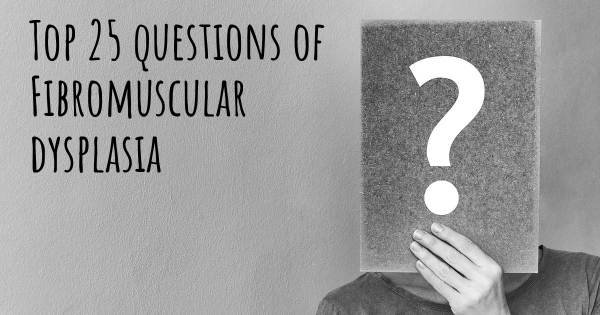
Fibromuscular dysplasia top 25 questions - Fibromuscular dysplasia Map | Diseasemaps

PDF) Fibromuscular Dysplasia and Childhood Stroke
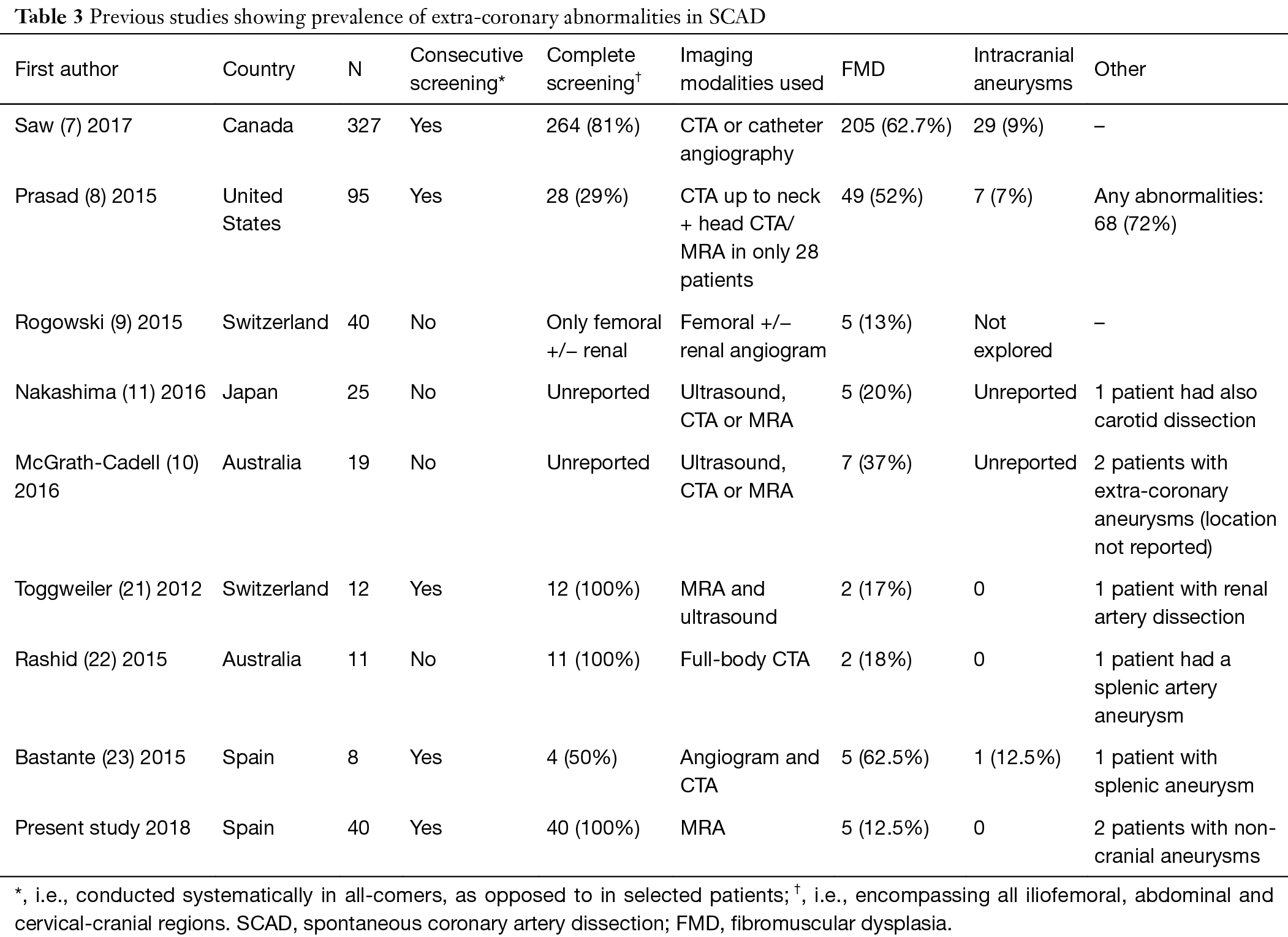
Screening of extra-coronary arteriopathy with magnetic resonance angiography in patients with spontaneous coronary artery dissection: a single-centre experience - Macaya - Cardiovascular Diagnosis and Therapy
Arterial Fibromuscular Dysplasia

PDF) Optimal management of renal artery fibromuscular dysplasia
Treatment of hypertension in patients with renal artery stenosis due to fibromuscular dysplasia of the renal arteries
Fibromuscular Dysplasia (FMD) Fact Sheet
First International Consensus on the diagnosis and management of fibromuscular dysplasia
Spontaneous Coronary-Artery Dissection | NEJM Resident 360

Fibromuscular Dysplasia: Symptoms, Treatment, and Life Expectancy
Fibromuscular Dysplasia: Diagnosis at Later Age Suggests Milder Course – Consult QD

Diagnosis, management, and future developments of fibromuscular dysplasia - Journal of Vascular Surgery

Illustrative case: This 43-year-old woman with a history of... | Download Scientific Diagram

Carotid Artery Disease | Spectrum Health
Arterial Fibromuscular Dysplasia
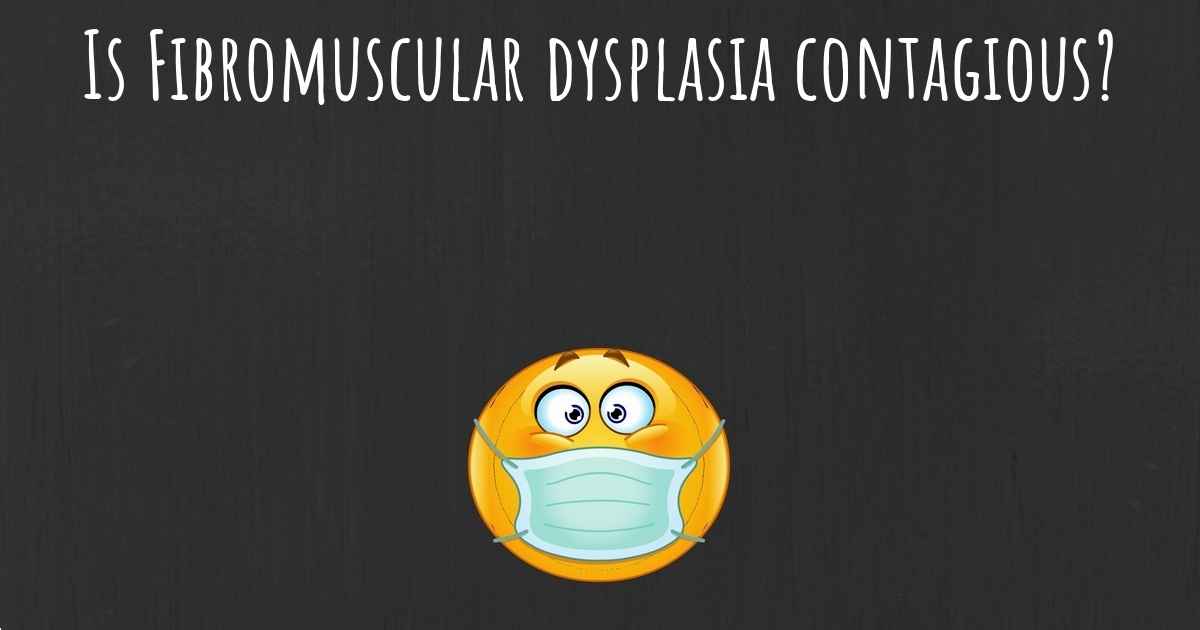
▷ Is Fibromuscular dysplasia contagious?
Posting Komentar untuk "fibromuscular dysplasia life expectancy"